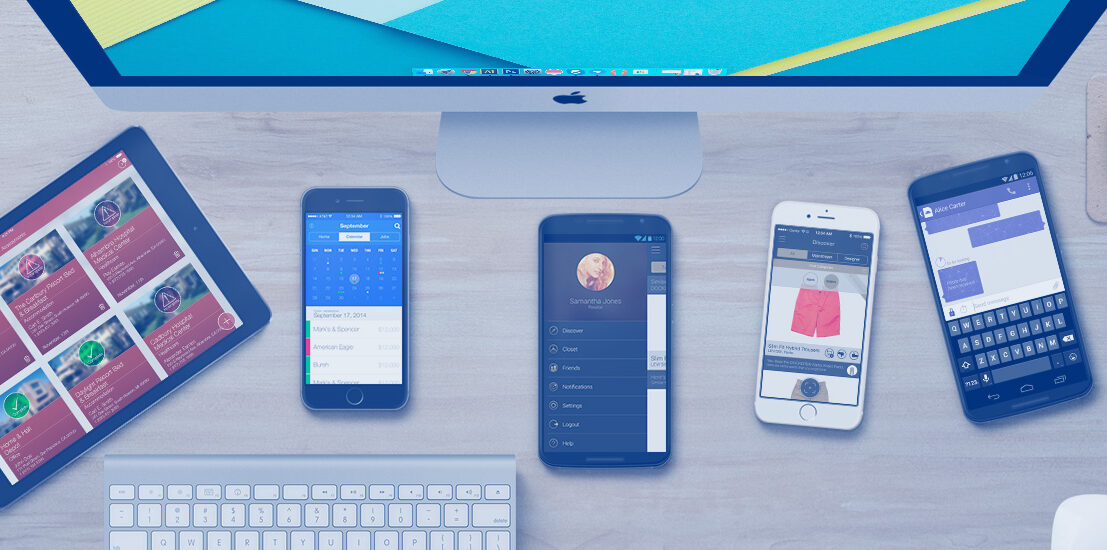Social Online Collaboration and Web Accessibility | Published Research Work
Published at: ASSETS 2018, Oct 22-24
Venue: Galway, Ireland
Authors: Reeti Mathur & Dr. Erin Brady
Link to ACM Digital Library: https://dl.acm.org/citation.cfm?id=3240994
Scope and Motivation

In my research with the Blind or Visually Impaired People (BVIP), I found that inaccessible media posts pertaining to photographs on social media can be a major factor causing frustration.
For instance, if a photograph that is posted by a celebrity on Twitter misses an alternative text, and if the person with a visual impairment dearly follows them, they may be rather reluctant to comment on the post asking for textual descriptions.
Also, these BVIP hesitate to comment on anything which may seem otherwise or not related to the context of the photo if it is inaccessible.
A social collaboration on the same platform between the BVIP and their sighted friends and family could be advantageous wherein these visually impaired people could easily route these inaccessible photos to known acquaintances requesting for descriptions instead of asking unknown social volunteers or web workers.
Another instance where photo-related posts may be inaccessible is from the user’s end itself. If the BVIP who own their photos are not sure of the context of the photo that they wish to upload later from their digital albums, they would find it beneficial to route these photos to a sighted friend or/and family member asking them to review and write an appropriate and accurate alternative text for social media sites. They would not prefer to route it to unknown volunteers or web workers because of privacy issues.
Though the Automatic Alt-Text (AAT) feature on Facebook generates automated descriptions, it still lacks the necessary details that can be achieved through this collaboration.
My Hypothesis
1. Access inaccessible public photos
2. Get personal photos reviewed
3. Generate detailed descriptions of alternative text
4. Inspire the sighted community to post accessible photos
Follow-up Position Paper Published at CSCW 2019
Users of social media sites share millions of photographs every day, but these posts are mostly inaccessible to people who are blind or visually impaired (BVI) since they are not accompanied by alternative text descriptions of the image content which can be read by a screen reader.
To address this, I designed a mixed-methods study involving a collaborative photograph accessibility activity in Facebook groups, and pre and post-activity surveys.
I found that online social collaboration between the BVI people and their sighted peers can be beneficial to describe the context of the photograph, provide detailed text descriptions, and review the photographs for clarity (a) before the BVI users upload their own photographs on Facebook and (b) while interacting with other’s photographs on social media sites.
Poster at the Conference

